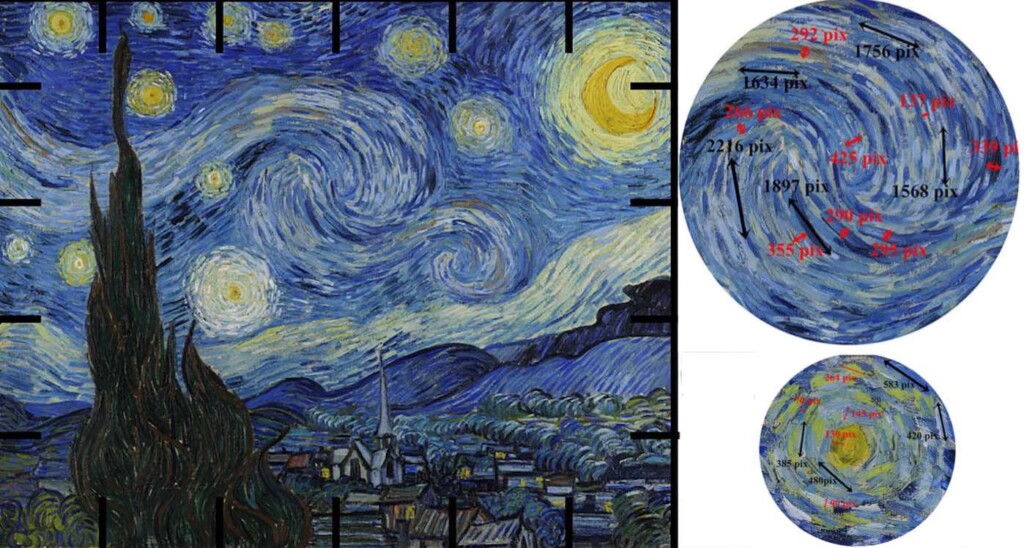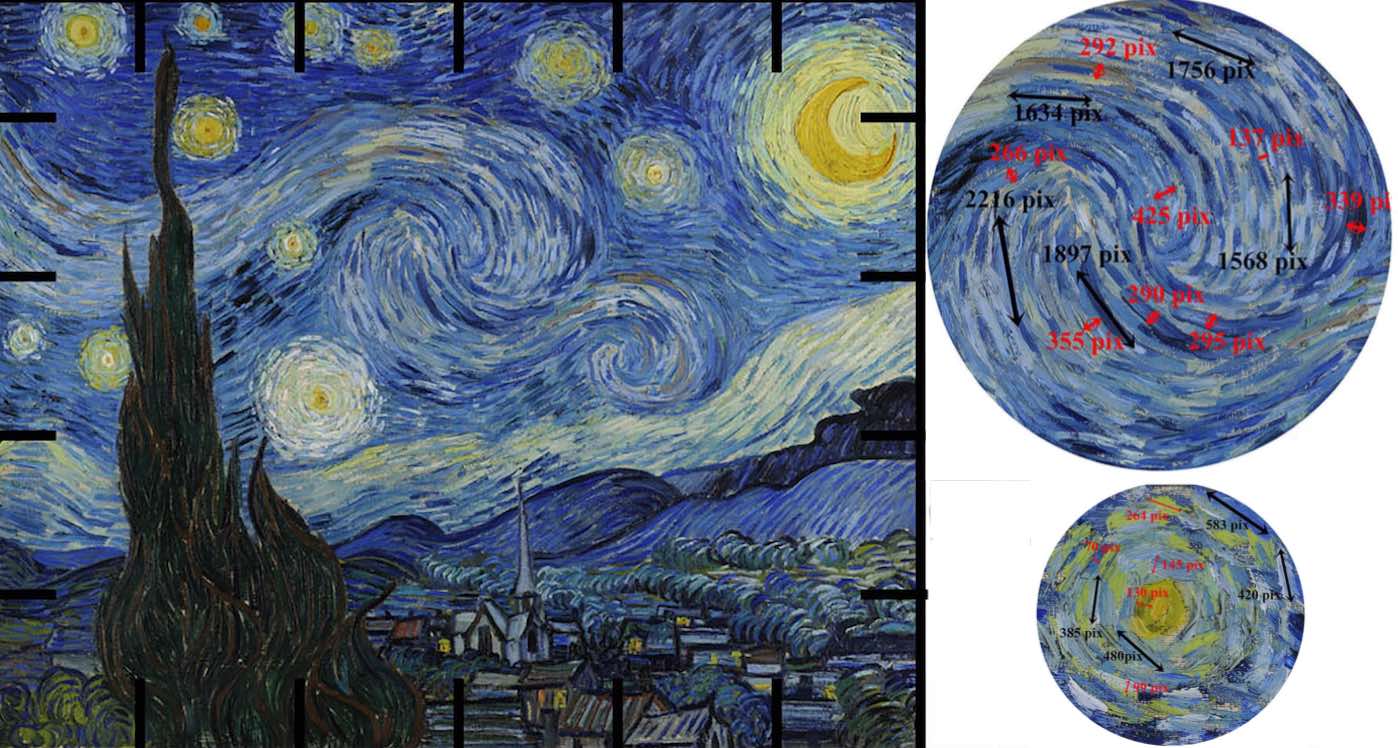
It’s probably fair to say that Starry Night is the second most famous painting ever made behind the Mona Lisa, but what its many admirers likely do not know is that its famous swelling skies are “alive with real-world physics.”
Van Gogh’s brush strokes create an illusion of sky movement so convincing it led atmospheric scientists specializing in marine and fluid dynamics in China and France to wonder how closely it aligns with the physics of real skies.
They explained that while the atmospheric motion in the painting cannot be measured, the brushstrokes can act as a stand-in.
And, after measuring the relative scale and spacing of the whirling strokes, the researchers say van Gogh “accurately captures” cascading energy.
They discovered what they described as “hidden turbulence” in the painter’s depiction of the sky.
“The scale of the paint strokes played a crucial role,” in this discovery, said study author Dr. Huang Yongxiang. “With a high-resolution digital picture, we were able to measure precisely the typical size of the brushstrokes and compare these to the scales expected from turbulence theories.”
To reveal hidden turbulence, the research team used brush strokes in the painting like leaves swirling in a funnel of wind to examine the shape, energy, and scaling of atmospheric characteristics of the otherwise invisible atmosphere.
They then used the relative brightness, or luminance of the varying paint colors as a stand-in for the kinetic energy of physical movement.
“It reveals a deep and intuitive understanding of natural phenomena,” said Dr. Huang. “Van Gogh’s precise representation of turbulence might be from studying the movement of clouds and the atmosphere or an innate sense of how to capture the dynamism of the sky.”
UNRAVELING MASTERPIECES: Small Town is Giddy With Excitement That it Appears in Background of World’s Most Famous Portrait–the Mona Lisa
The study, published in the journal Physics of Fluids, analyzed the spatial scale of the painting’s 14 main whirling shapes to find out if they align with the cascading energy theory that describes the kinetic energy transfer from large to small-scale turbulent flows in the atmosphere.
They discovered the overall picture aligns with Kolmogorov’s law, which predicts atmospheric movement and scale according to measured inertial energy.
OTHER STRANGE STORIES LIKE THIS: The Stonehenge ‘Altar Stone’ Mystery is Solved: It Came from Scotland 460 Miles Away
Drilling down to the microcosm within the paint strokes themselves, where relative brightness is diffused throughout the canvas, the research team also discovered an alignment with Batchelor’s scaling, which describes energy laws in small-scale, passive scalar turbulence following atmospheric movement.
They said finding both scalings in one atmospheric system is rare, and it was a “big driver” for their research.
SHARE This Wild, New Discovery Hidden In Such A Well-Known Painting…




















